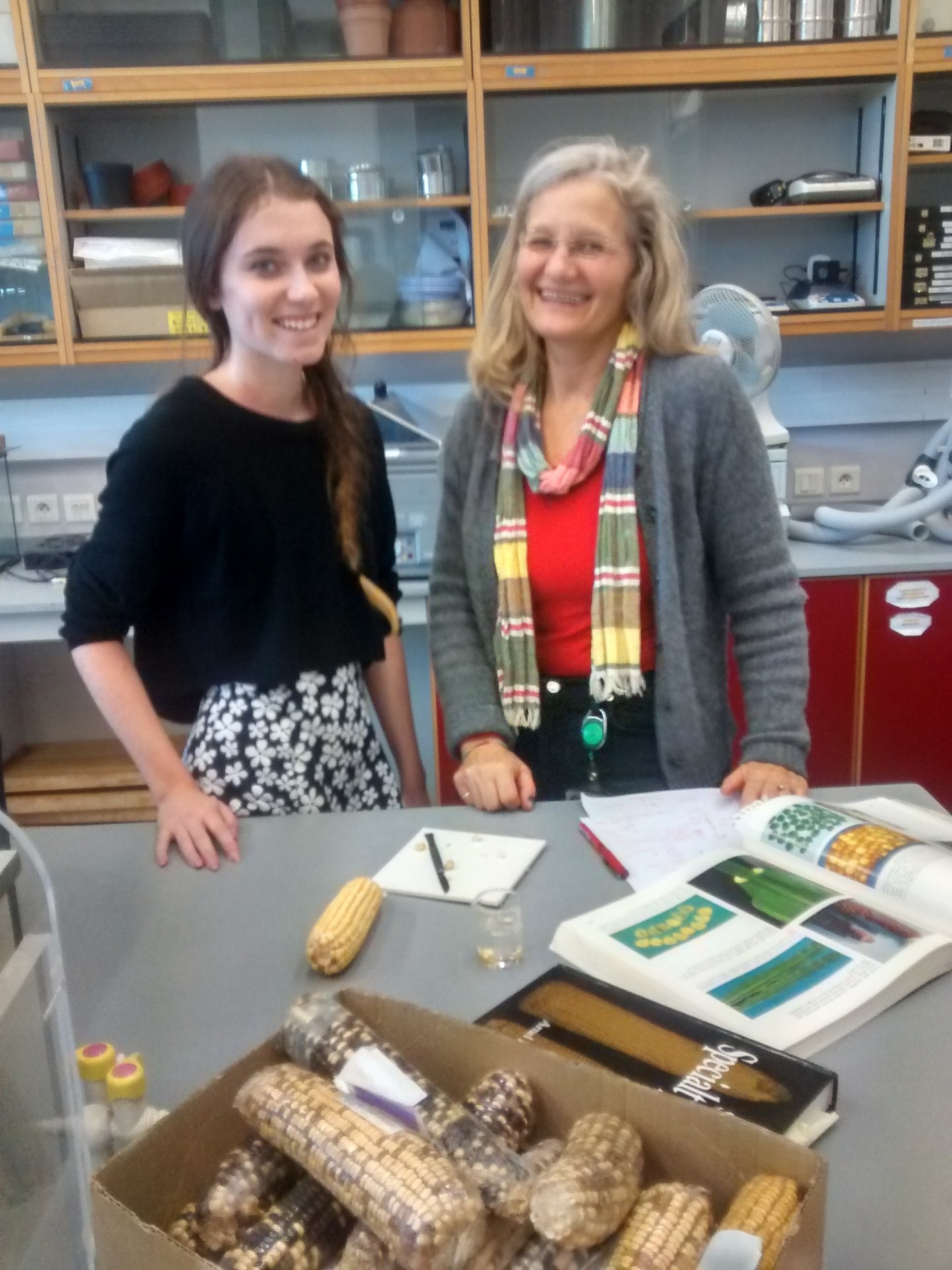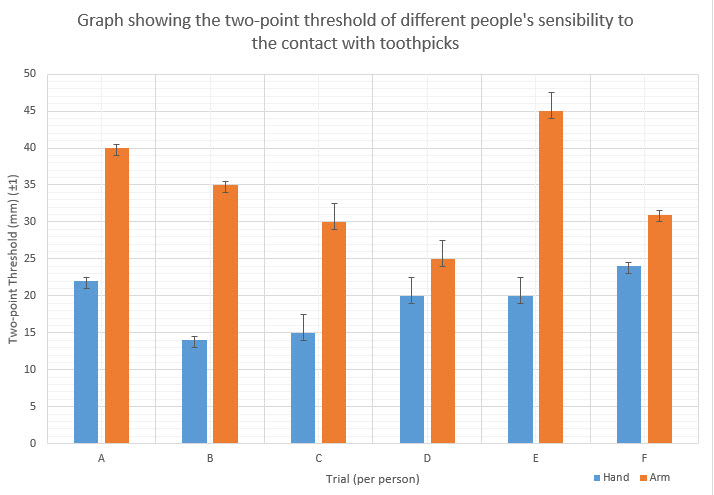Individual investigation - skills introduction
Are your students ready to succeed?
This activity is intended to introduce some of the pitfalls of the IA - Investigation to students in a light hearted way. It would make a nice homework task of an good lesson starter before introducing the Individual investigation to students.
Biology - Individual investigation
The individual investigation in IB Biology is worth 20% of the final Biology mark.
What is particular is that your teacher is unlikely to give you more than one opportunity to do an investigation for assessment because it takes ten hours of lesson time.
So you will need to be sure you have got the required skills to get this right the first time.
The main criteria are
- Personal engagement (2 marks)
- Exploration (6 marks)
- Analysis (6 marks)
- Evaluation (6 marks)
- Communication (4 marks)
Try this quiz to evaluate your skills before starting the Individual Investigation?
Choose the answer which best matches how you feel.
1. When you enter the lab, your teacher has lots of equipment on the benches ready for a practical lesson. How do you feel?
- Panic, what’s all that stuff?
- Fantastic, another lab.
- Great, better than past paper questions.
- Curious, I’ve always wondered what that equipment was used for.
2. When your teacher asks you, “what is the uncertainty of that measurement”, what are you most likely to do?
- Search desperately to find a +/- symbol on the apparatus.
- Explain what it is, of course.
- Say that it’s, “half the smallest division”, without having a clue what that is.
- Try to get some help from the teacher by asking, “Which uncertainty do you mean exactly?”
3. How do you choose who to work with, during lab work?
- I always work with my friend then we can gossip as we do the lab.
- I try to work on my own, the results will be better that way.
- I pair up with one of the best in the class so I can be sure we’ll get good results.
- I’ll work with anyone, it’s always good to do an experiment.
4. What is your teacher most likely to write on your results table?
- Good try, but there are lots of problems.
- Excellent results, consistent decimal places and uncertainties.
- Good results but you need to write precise labels with uncertainties.
- Lots of data but you haven’t chosen the best layout.
5. When your teacher looks at your results and says, “Great job, your raw data is superb. How are you going to analyse it?” What do you think?
- Help! I haven’t a clue where to begin.
- Hmm! Continuous data and a correlation so I need a scatter graph and a best fit line, with uncertainties.
- OK! I’ll use Excel, it will look neat and show the trend.
- Oh boy! There’s a lot of data. I’m going to need a lot of graphs and some calculations.
6. How would you describe this graph in your conclusion?
- There are two bars for each person. It looks neat.
- The two point threshold on the arm is always larger than the threshold on the hand. The uncertainties are smaller than the differences which supports the idea that the difference is significant, although there is quite a lot of variation between the trials which me less confident of the conclusion.
- The orange bar is always higher than the blue one. The hand is more sensitive.
- In Trial A the orange bar is at 40 and the blue bar is at 23 for the hand, and in trial B the orange bar is at 35mm and the blue one is lower at 13mm … blah blah…

What do your answers show?
Which answer did you choose most?
Mostly 1s: You really want to succeed and achieve high grades and you try quite complicated experiments, but often it all goes a bit wrong. In the individual investigation often a simple experiment which you understand well will achieve better marks than something more complex. You can’t use a lab which you have done with your teacher, that’s not creative enough, but it is good to adapt a standard procedure. Changing a few details so that it answers your research question works well.
Mostly 2s: You are a conscientious, bright, and skilful scientist already. You enjoy the science you study at IB and find the concepts easy to understand. Designing experiments is logical and you should think of an original research question. Be a bit creative when you plan the method but ensure that the data analysis is rigorous. Include consideration of uncertainties in the raw data and the data processing. Leave enough time to evaluate all aspects of the investigation at the end. You are ready to begin your investigation.
Mostly 3s: You really like getting your IB work finished in the most efficient way. Achieving a high grade in as little time as possible is important to you. Beware! The complexity of the data collection as well as the amount of data you collect is important for the higher grades. You must show some originality in your choice of experiment or in the design of the data collection. Don't simply follow a quick and easy standard lab protocol. Remember the methodology has to be appropriate to your specific research question.
Mostly 4s: You are interested in everything you do in the lab. As a hardworking student you are willing to put in the time, but you don’t always choose the most effective approach. You may find it difficult to decide your investigation topic and there is a risk that you will include so much data and so many graphs that you will get penalized in the Communication criterion. The IB is now rewarding students who are able to complete their work and present the results concisely. This may be your biggest challenge. Don’t do too many results table, and just use graphs which help you to describe the conclusion. If you find yourself doing the same graph over and over for each set of results, something is wrong. Look for a better way.

 IB Docs (2) Team
IB Docs (2) Team
